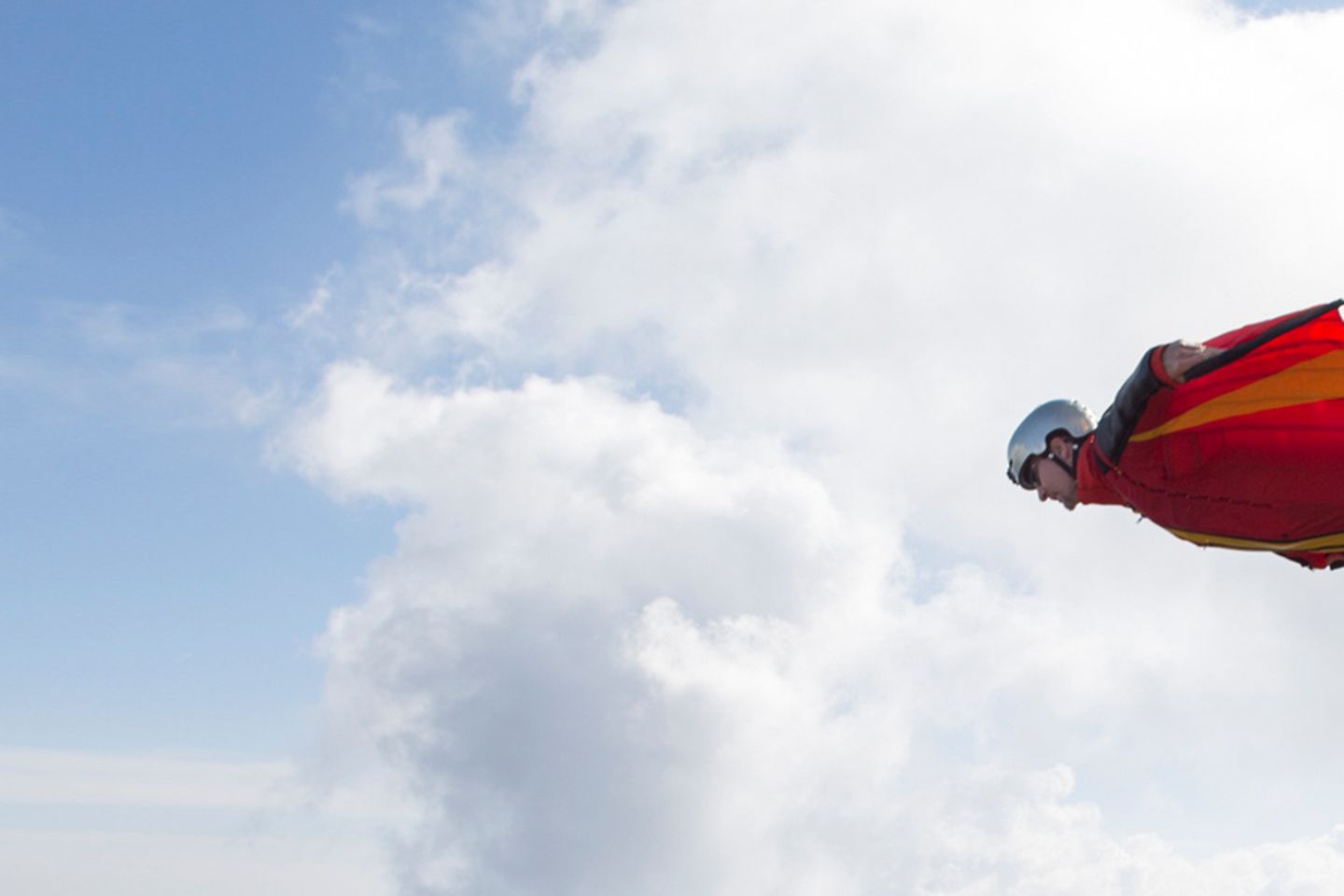
Gridlocks are very much a part of the real world – many of us could write a book about it. In one of my previous posts, I had presented big data analytics and more networking as a solution. There are of course other ways. For instance, opening up the third dimension to inner-city traffic.
Maybe Wuppertal was the first city to cross your mind. Monorail. Elephant. This is certainly true. But in the 21st century, the age of digitalization, restrictions such as rails do not fit into the concept of “aviation”. What could be more obvious than to open up free airspace as a mode of transport in cities? The last time I saw something like this was in Star Wars (though I confess that was not the only movie in which I saw this). The idea of flying taxis (or even private airborne modes of transport) was perhaps ten years back merely science fiction. Today on the Web, we find not only flying hoverboards, but also a substantial number of companies that (want to) offer “flying cars”.
On the topic of “mobility plus airspace” aka “flying car”, many will surely predict that the battle for urban supremacy will be fought out between totally different protagonists. I’m sorry I have to disappoint you: the Ministry of Magic is not involved. Instead, they are the offspring of digitalization, Google-funded Kitty Hawk or original startups with disruptive genetic material such as Volocopter. The latter has already tested its autonomous 2-seater electric flying taxi (without passengers) in Dubai and now intends to conquer Singapore as a second testing location. But even carmakers like Audi have thrown their hat into the ring. Uber too intends to launch a fleet of air taxis in 2023. This contest is in full swing. And I can well understand that “time to market” is a critical success factor for all these potential competitors.
Many might expect that mainly aircraft manufacturers have the know-how to design small aircraft for urban traffic. And surely: Airbus has no intention of being overshadowed by these lateral entrants and is working with various partners on various projects. Airbus is not only busy in Singapore with its drone delivery services; it is also involved in the Urban Air Mobility project (in collaboration with the Deutsche Bahn incidentally. A new business potential (especially in the megacities of the future) is surfacing. And perhaps Airbus will undergo a transformation from an aircraft manufacturer to an urban transport provider. From manufacturer to service provider. But this will require more than simply providing airworthy units. It must include managing all service operations, supply/charging stations, etc. to ensure that the air taxi business becomes an actual success – and does not continue to dwell in the realm of science fiction movies or become a phenomenon, which only the upper class can afford
The more I think about it, the more likely it seems – that I will see air taxis in the next ten years, and perhaps even use one. Even though airspace is almost as regulated as the healthcare system, as can be seen in the current debate on drones. Possessing safe and reliable technology alone is not enough to conclude the debate on air taxis; we will also require an operational and legal framework. And gain user acceptance. There’s a big difference between fantasizing about autonomous flying and actually sitting in an unmanned aircraft. On the other hand, 2029 does sound too distant. Perhaps it’s easier to commence operations with air taxis rather than private autonomous vehicles – simply because there are fewer “conflict partners” such as pedestrians and construction sites blocking the way in the air (let’s see how soon delivery drones will dominate and challenge passenger traffic for supremacy of the third dimension). Of course it’s going to take a while until we have the kind of traffic density we see on Coruscant. For a start, though, it will probably resemble the density on Tatooine. I’m curious who will win the race.